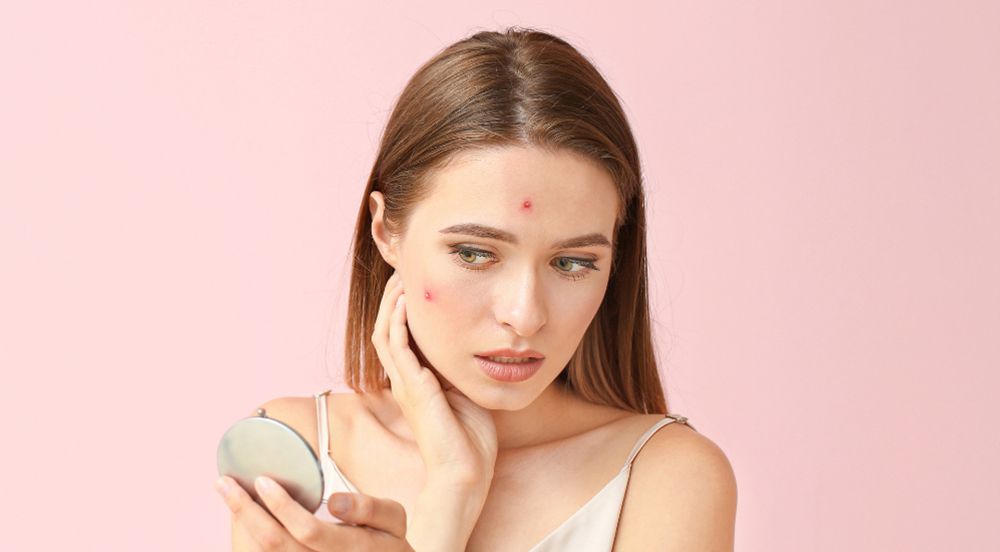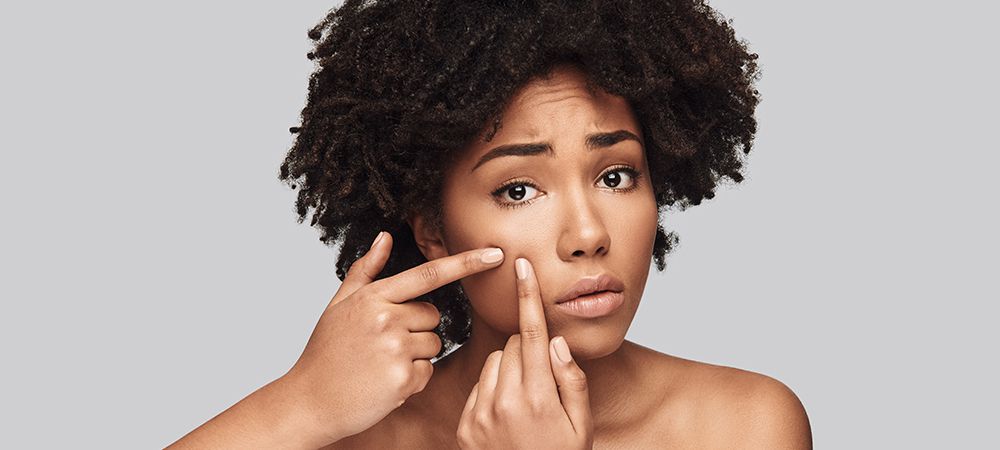CONTACT US

What Acne Treatments Actually Work?

Skin diseases and irregularities are some of the issues in the aesthetics industry that have been researched and treated thoroughly for a long period of time. With medical clinics offering services as ways to cure these skin-related issues, it has made it easier for people to deal with them. Acne is a type of skin irregularity that affects so many people from different age groups and skin types. Acne may be a harmless skin condition or can escalate into a painful skin disease. With that being said, people need to know which treatments would actually work for them. This will be tackled in detail in this article.
Kinds of Acne
Usually at the start of puberty, people start to form bumps on their faces. Over time, the bumps can develop into acne, which can be painful and get worse with age.
Acne is formed when the pores of hair follicles are blocked by oil and dead skin cells. There are people who prefer to pop the acne on their faces — this is not recommended by medical experts as doing so may cause acne scars.
For a better understanding, people should know about the different kinds of acne. Explore the following information about the various forms and what they mean.
Painless acne
o This is a mild form of acne. This means that this kind of acne is not harmful and does not pose any risk of sickness.
o Acne bumps are formed on the skin and may have two different colors based on the type of acne.
o Whitehead is a type of painless acne that is also called comedones. This is formed when the pore of the hair follicle is blocked all the way through. People will notice this when they see a white-colored bump on their skin.
o A blackhead is another type of painless acne. These are also referred to as open comedones. The hair follicle is clogged up, but the head of the pore remains open. Blackheads are block spots that you can see on your face.
Acne with swelling pain
o When the clogged pores are infected by bacteria, red bumps are formed on the surface of the skin. The center of the usually has a white color, which is caused by the pus. Pus is a thick fluid which is composed of the mixture of cells, dead tissues, and bacteria.
o Patients feel pain because the body tries to naturally remove the bacteria and dead tissues, which have already formed into pus, from the pores of the hair follicles. Pressure builds up since the pus is blocked, which causes the sensation of pain.
o The type of acne that gives some pain to patients is based on the severity of the acne.
o Pimples are less severe in nature. People with pimples feel some itchiness and pain on the areas where the swollen red bumps have formed. Even though it is never advised, some people try to relieve the pain by trying to pop the pus that had been formed in these affected areas. This is not advised because of the risk for the bacteria to spread to other areas of the skin.
o Cyst is the most severe type of acne. This is very hard to treat.This is due to the fact that the bacteria have already penetrated deeper into the skin. It is also larger and harder as compared to pimples.

Different Types Of Effective Acne Treatments
Even though having acne is not a life-threatening type of disease, it is known to give people, especially adolescents, some psychological issues. Since acne is considered a cosmetic irregularity it makes some of the patients feel unappealing that sometimes develops into deep psychological problems. Medical clinics try to help everyone affected with acne by providing multiple types of treatments. The licensed physicians, like dermatologists, would need to evaluate each patient’s case before recommending the best type of treatment that would be effective for the respective patient. The following discusses the different types of acne treatments that are known to be effective:
Medicine-based treatments
o Acne treatments that are taken orally or applied to the affected areas have been created to reduce oil production or kill off the bacteria that cause the infection on the clogged up pores.
o Oral antibiotics are used to reduce the growth of bacteria or even kill them off. This is how topical antibiotics work. The difference between them is that topical antibiotics are applied directly on the areas of the skin with pimples or cysts. However, antibiotics should not be used by themselves when treating acnes. They must be partnered with benzoyl peroxide. This will prevent the bacteria from developing resistance to the antibiotics.
o Retinoid cream is best used when complemented with antibiotics. By applying the cream on the affected areas, the pores become unclogged. However, there are instances that retinoid cream may not be effective.
o Topical salicylic acid is one of the medicine-based treatments that are not recommended for pimples and cysts. Salicylic acid does not kill bacteria. This is used to exfoliate the skin. The salicylic acid will penetrate the clogged pores by dissolving the dead skin cells. This makes it possible to treat whiteheads and blackheads.
o Women may use oral contraceptives, also known as birth control pills, as a way to treat acne. These contraceptives help reduce secretion from the oil glands of these women. Retinoid cream or topical medication must be paired with birth control pills.
o Isotretinoin is prescribed medicine that may also be taken orally or may be applied on the actual acne bumps on the skin. This is meant to treat moderate and severe acne. Physicians usually use this if all other mild treatments would not be able to reduce or heal the acne problems. Isotretinoin is known to have multiple side effects. This is why doctors would require you to have regular check-ups.
Non-medicine-based treatments
o Treatments that use medical devices or equipment are mainly used to treat acnes that have no active bacterial infection. This means that these types of treatments would be used for whiteheads, blackheads, and any signs of acne scars or marks on the skin. However, there is newer technology that can help reduce the outbreak of bacteria from pimples and cysts.
o Intense pulsed light technology (IPL) is a technology that is used to reduce acnes that have been infected by bacteria. This treatment uses short pulses of light energy to kill the bacteria. This is possible because the porphyrins produced by the bacteria absorb the light energy, which would stimulate for oxygen to be released by the bacteria that would eventually kill them.
o Chemical peels can remove acne and acne scars that have penetrated deeper into the skin. This type of treatment involves the application of a chemical solution on the areas of the skin with acne. This will remove the damaged skin caused by the acne. The dermatologist may use a specific type of chemical peel based on the severity of the acne problem.
o Dermabrasion and microdermabrasion are treatments done by exfoliating the skin. Dermabrasion is more abrasive as it involves the dermatologist using tools, like a wire brush, to scrape multiple layers of the skin depending on the severity of the acne problem. For microdermabrasion, a device is used that applies tiny crystals on the skin which will exfoliate the skin. While the exfoliation process is being done, the dead skin and dead skin cells are being removed using suction. Microdermabrasion is used to treat mild acne problems.
o Microneedling is a minimal invasive treatment for acne scars. A device is used to deliver controlled wounds underneath the surface of the skin. This is used to stimulate the increased production of collagen and elastin. Collagen is known to help make the skin smooth and firm.
A Patient Should Wait For The Dermatologist’s Recommendation
It is never advised for patients to purchase any of the medicines or devices that can be used to treat acne. These treatments require the supervision and prescription from dermatologists. Patients must undergo a thorough evaluation before a type of treatment would be determined. There are skin types and physical conditions that dermatologists have to take into consideration to avoid complications that may have lethal effects on patients. Being a non-lethal type of skin disease, it is never worth the risk of getting sick from improper use of the different types of treatments.



